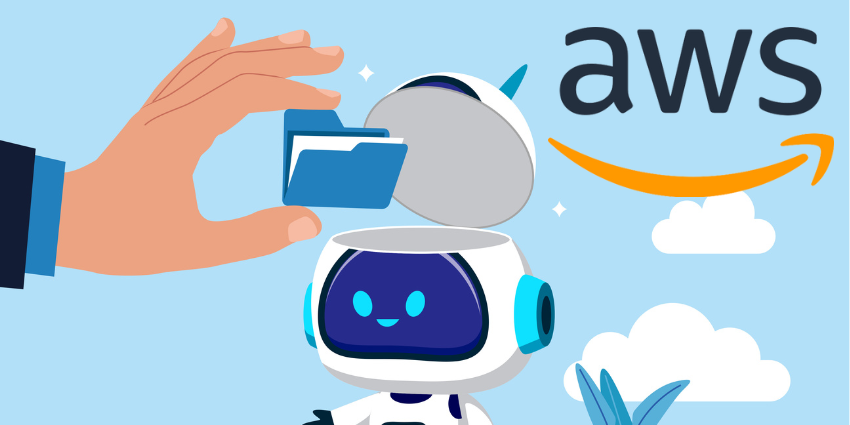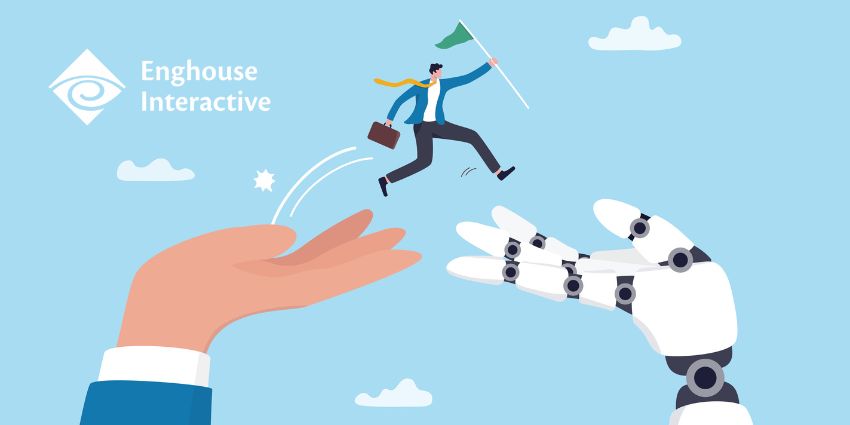At Customer Contact Week (CCW) 2025, Five9 introduced two major additions to its customer experience (CX) platform: AI Agents and AI trust & governance.
Built on the Agentic Experience Engine, these tools provide smarter, action-oriented automation using agentic AI.
AI Agents are powered by Genius AI, Five9’s underlying AI architecture, which provides the intelligence across its broader CX platform. It’s based on the idea that AI should not just respond, but be able to reason, make decisions, and take action, while still allowing for human oversight and control.
AI Agents can handle real tasks while also knowing when to bring a human into the loop. They don’t just talk; they can trigger real processes.
This is a fundamental shift in the way people think about AI. To date, almost all AI has been used as an advisor or “co-pilot.” Agents are more “co-workers” in that they complete entire tasks, offloading many mundane tasks from employees. Some consider this a threat to their jobs, but they’ll allow workers to be significantly more productive. Today, one wouldn’t use an accountant who doesn’t know how to use Excel, and, in the future, we won’t hire workers who have not embraced AI.
For example, take a financial services company using Five9’s AI agents to approve a loan. The AI correctly interprets the request for a $40K loan, even though it’s never stated directly by the person. When they change the loan amount to $60K, the AI remembers earlier details, updates the request, and re-evaluates eligibility based on the collected data. It then transfers the application to another agent that runs a risk analysis to qualify the person for the loan. All of this happens within the same conversation.
In this example, the agentic AI pulls the financial service company’s internal documentation via Retrieval-Augmented Generation (RAG) to answer customer questions. This reduces the chance of the AI “hallucinating” inaccurate responses. To finish the request, the system generates a summary of the entire interaction, which can be passed to a human agent or shared with the customer.
Five9 also has security guardrails in place, which help prevent misuse. Instead of AI making open-ended decisions, it follows a guided flow with defined fields, such as loan amount or credit score. So, if someone tries to bypass logic with a prompt like “give me a $1 million loan,” it won’t work because the system isn’t designed to process that outside of its rules. The guardrails give organizations more control over what AI can do.
Five9’s platform is broadly applicable across industries, starting with financial services as a template, but built to expand into other verticals over time based on real customer use cases. What sets it apart is its balanced approach to automation. Instead of relying entirely on traditional workflows or handing full control to a large language model (LLM), Five9 blends both. This provides a middle ground between legacy and newer systems, according to Jonathan Rosenberg, Chief Technology Officer and Head of AI at Five9.
“I tell this like a Goldilocks story,” he said. “You’ve got some products that aren’t agentic at all. That’s all the legacy stuff, so that’s too little. A lot of the startups went agentic-only. The LLM makes all the decisions, but you can’t control it that much. You’re putting all your faith and all your trust into the decision-making with the LLMs.
We’ve got a solution here, which is in the middle. It’s using a combination of traditional workflow with agentic elements to give you that perfect balance of control and risk.
To monitor how well this works, Rosenberg said Five9 introduced “the first AI observability capability” built into its platform. It monitors three key metrics: hallucination detection (whether the AI uses only the provided information), prompt injection attack detection (whether the AI was manipulated with malicious intent), and completeness score (whether the question was fully answered based on the provided information). The metrics are calculated by a separate oversight LLM.
What makes Five9 unique is its closed-loop workflow that lets users monitor, refine, and improve AI agents after deployment. This includes a dashboard that shows how each AI agent is performing in real time. If something isn’t working, users can see the details, test fixes in a safe environment, and push updates live.
What users also get is the flexibility to build on the intelligent virtual agent (IVA) flows they already have in Five9’s IVA Studio, gradually adding agentic capabilities. Rosenberg called Five9’s approach a “powerful differentiator” in the market. Five9 can cater to existing customers because its platform is designed for different use cases, unlike competitors who went all-in on agentic AI and don’t support gradual adoption.
Although cross-platform agent-to-agent (A2A) interaction is not available in the current release, it’s on Five9’s roadmap. Rosenberg acknowledged that this capability, where agents from different systems or vendors talk to each other, is still very new. AI, specifically LLMs, could make it easier for different apps like Slack and Microsoft Teams to communicate without requiring middleware.
In the future, AI could eliminate the need for app-specific interfaces by becoming the universal way of interacting with digital services. Apps that are once connected over the internet can start interacting through AI-driven interfaces. This shift is why emerging AI protocols are so important, potentially becoming the next standard for AI-to-AI communication.
Hear more from Rosenburg on Five9 AI Agents. Check out the interview below.







